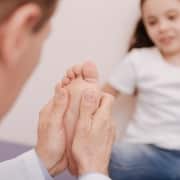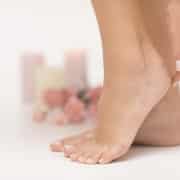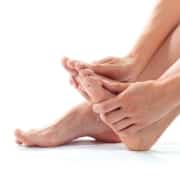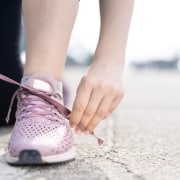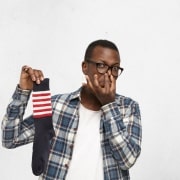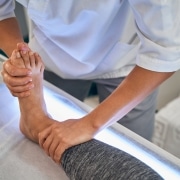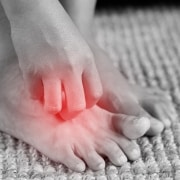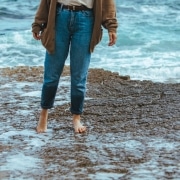What Is a Neoplasm in Your Foot?
A neoplasm is a type of tissue that can form inside the foot. This tissue can be either harmless or cancerous and runs the gamut regarding symptoms and treatments. We’ll look at what you should know about neoplasms so you’re able to get the treatment you need.
Two Types of Foot Neoplasms
There are two major types of neoplasms, and they’re divided based on where the tissue forms. If it’s a bone neoplasm, it will be located around the heel, ankle, or foot bones. If it’s a soft tissue neoplasm, it can be found in the foot’s tendons, ligaments, fat, or muscles. Neoplasm is a broad term that can refer to anything from a cyst to a lipoma.
If you’re asking about the difference between a neoplasm and a neuroma, a neuroma is a specific type of benign tissue located in the nerve tissue. You might see a neuroma form after a trauma or surgery, though there doesn’t always need to be a precursor event to the formation.
It’s worth noting that diabetes does not directly lead to neoplasms, though the condition can increase your odds of developing this tissue. If you’re looking to reduce your odds of getting a neoplasm, the right diabetic foot care in Austin, TX, can help you improve your circulation.
Symptoms of Neoplasm
The most common symptom of neoplasm is a bump on the foot, regardless of the size, shape, or color. You may feel either constant or intermittent pain and experience swelling around the neoplasm. Neoplasms may start off as one shade of red or brown and change over time. You may feel numbness or tingling if the neoplasm is pressing on the nerve.
Neoplasms in Austin, TX
Neoplasms don’t always require treatment and, in some cases, can clear up on their own. However, no matter what type of neoplasm you have, catching it as early as possible is important to rule out more malignant causes. If you’re looking for a podiatrist in Austin, TX, Dr. Jeffrey Lamour, DPM, PA, has two locations to serve his patients. Contact us today if you have any unexplained pain or bumps on your foot, as they could be signs of neoplasm.




